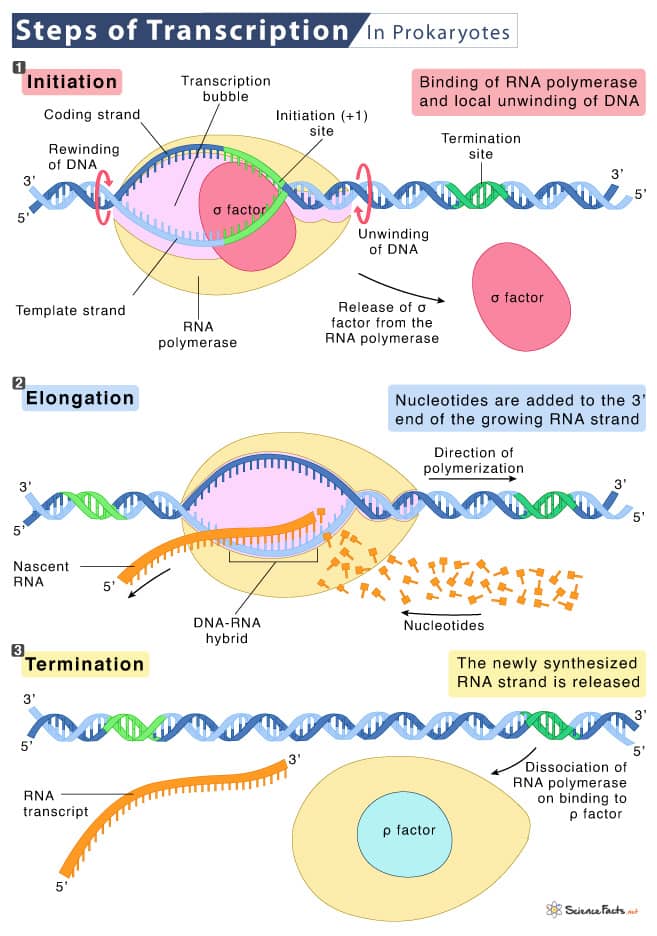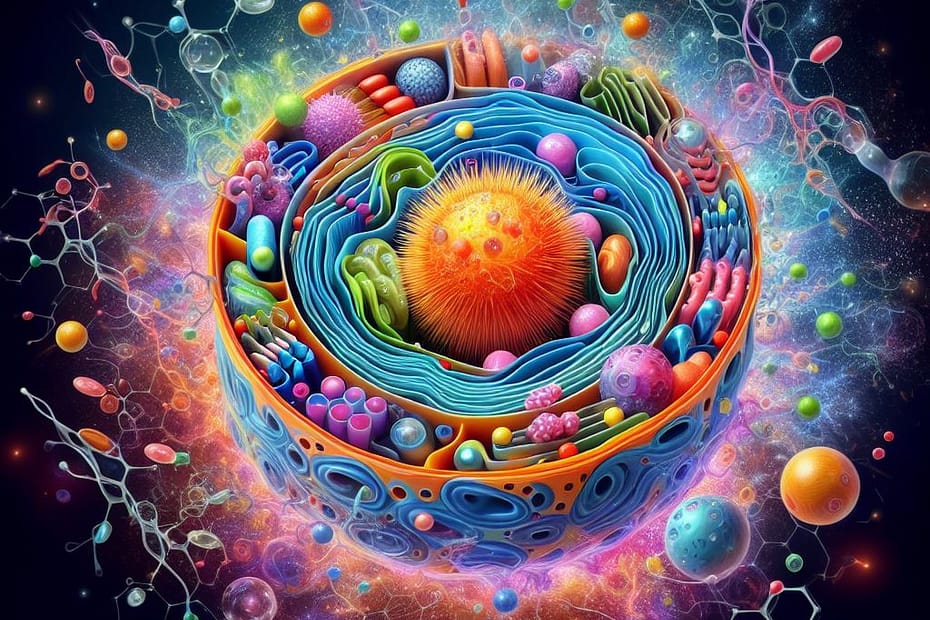Transcription, the process through which genetic information is transcribed from DNA to RNA, is a fundamental aspect of gene expression in prokaryotic cells. This intricate process involves the orchestrated activity of several key enzymes, each playing a specific role in ensuring the accurate synthesis of RNA.
RNA Polymerase: Initiating the Transcription Process
The principal enzyme driving transcription is RNA polymerase. In prokaryotes, there is a single type of RNA polymerase responsible for transcribing all types of RNA.
The process begins with the recognition and binding of RNA polymerase to the DNA promoter region, which marks the initiation of transcription.
Initiation of Transcription: Unraveling the DNA Helix
The initiation phase involves the recognition of specific DNA sequences known as promoters. RNA polymerase binds to the promoter, initiating the unwinding of the DNA double helix in preparation for transcription.
The sigma factor, an essential component of RNA polymerase in prokaryotes, aids in promoter recognition and the formation of the transcription initiation complex.
Elongation: Synthesizing the RNA Strand
Once the DNA is unwound, RNA polymerase begins elongation, synthesizing an RNA strand complementary to the DNA template.
The enzyme adds nucleotides to the growing RNA chain in a 5′ to 3′ direction, utilizing the DNA template in a 3′ to 5′ direction.
During this phase, the enzyme maintains high processivity, ensuring a faithful and efficient transcription process.
Termination of Transcription: Releasing the RNA Transcript
Prokaryotic transcription can terminate in two main ways: rho-dependent and rho-independent termination.
In rho-dependent termination, the rho protein interacts with a specific site on the mRNA, causing RNA polymerase to detach from the DNA template.
Rho-independent termination involves the formation of a stable hairpin structure in the mRNA, prompting RNA polymerase to dissociate from the DNA template.
Role of Transcription Factors: Coordinating Transcriptional Regulation
While prokaryotic cells generally lack the extensive transcriptional machinery seen in eukaryotes, transcription factors may still play a role in regulating gene expression.
Certain transcription factors may influence the binding of RNA polymerase to promoters, modulating the rate of transcription.

Understanding the details of transcription in prokaryotes is essential for unraveling the intricacies of gene expression. From initiation, facilitated by the sigma factor and promoter recognition, to the elongation phase, during which RNA polymerase synthesizes the RNA strand faithfully, and finally, termination, which involves distinct mechanisms to release the RNA transcript, each step is finely tuned to ensure the accurate and efficient transcription of genetic information in these microorganisms.
